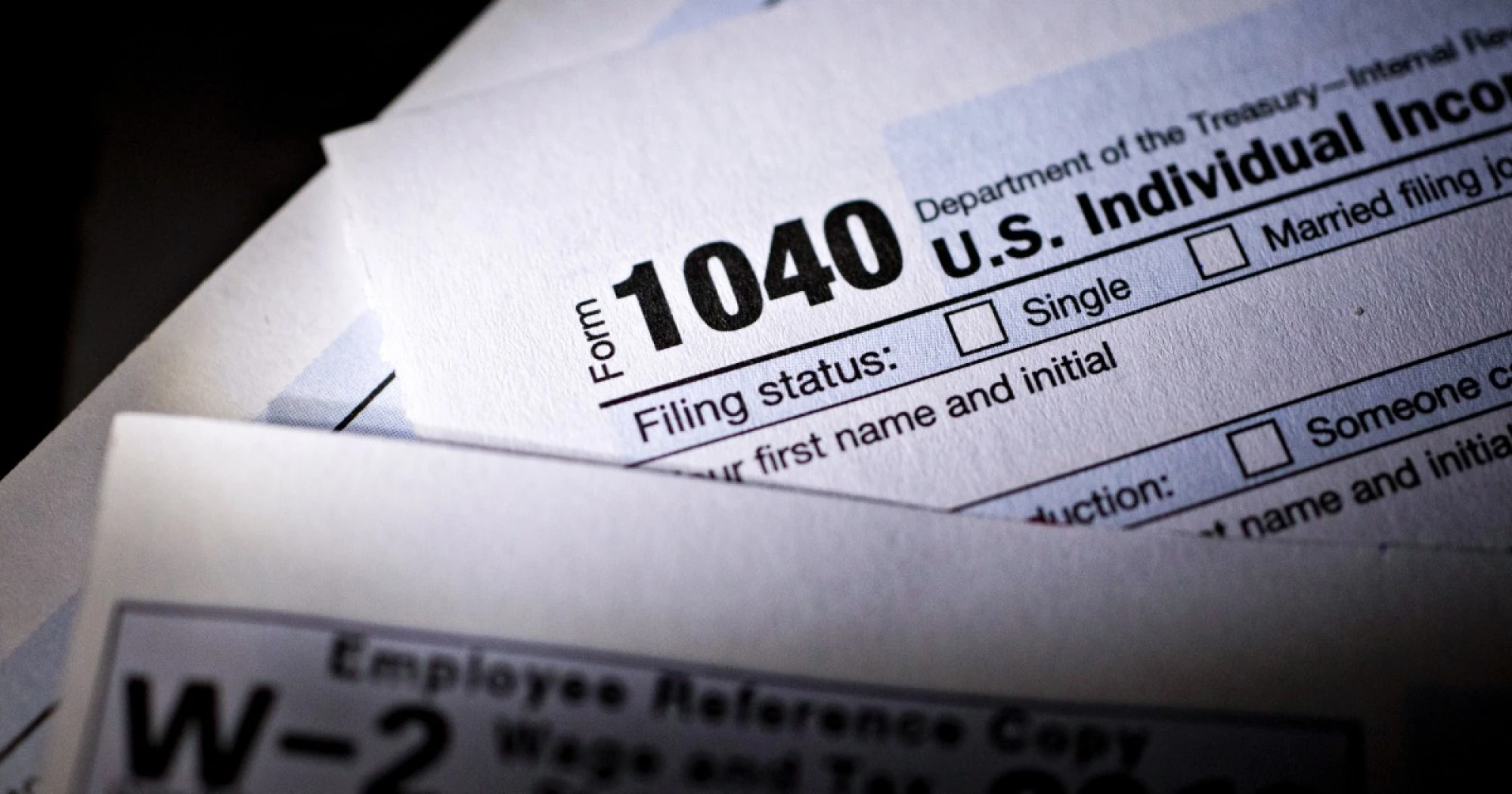How the rich use insurance to invest in private credit without steep tax bills

Private credit has exploded in popularity among investors, with the market soaring from $1 trillion in 2020 to $1.5 trillion at the beginning of 2024, according to alternative data provider Preqin.
Private credit has exploded in popularity among investors, with the market soaring from $1 trillion in 2020 to $1.5 trillion at the beginning of 2024, according to alternative data provider Preqin. The firm expects this figure to reach $2.6 trillion by 2029.
But private credit investing comes with a serious catch. The returns from direct lending are taxed as ordinary income, which has a top federal tax rate of 40.8%, rather than long-term capital gains, for which rates top 23.8%.
This can cost investors millions in returns. For instance, a $5 million investment in private credit could incur $4.3 million in tax drag over 10 years and $61 million over 30 years, according to Bernstein Private Wealth Management.
There are several ways for investors to mitigate their tax liability. The most straightforward is investing through a Roth IRA, but these tax-advantaged accounts are off-limits to high earners.
Instead, high-net-worth investors are increasingly turning to insurance to save on taxes. Instead of investing directly in a private credit fund, they take out insurance policies that invest the premiums in a diversified portfolio of funds.
Rating: 5